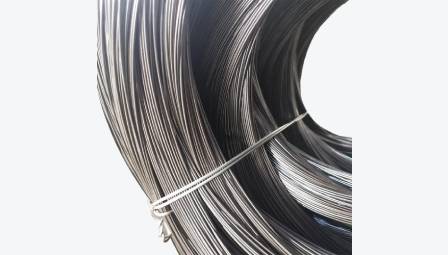steel path edging
نوفمبر . 12, 2024 15:19
Exploring Steel Path Edging A Durable Solution for Landscape Design
Steel path edging has emerged as a popular choice among landscape designers and homeowners alike for its numerous advantages in creating structured and aesthetically pleasing outdoor spaces. With its enduring strength and sleek appearance, steel edging is not just a trend but a lasting solution for delineating garden beds, pathways, and other landscape features.
One of the primary benefits of steel path edging is its durability. Unlike traditional wooden or plastic edging which can warp, rot, or fade over time, steel is highly resistant to the elements. It can withstand extreme weather conditions, making it an ideal choice for areas subjected to heavy rain, snow, or intense sunlight. This durability ensures that steel edging maintains its form and function for years, reducing the need for frequent replacements.
In addition to its longevity, steel edging provides a clean and modern aesthetic that enhances the overall appearance of any landscape. Available in various heights and finishes, including weathered steel, painted options, and galvanized finishes, steel edging can complement different design styles, from contemporary to rustic. Its sleek lines create a crisp boundary that helps define spaces, guiding the eye and creating a cohesive look.
Moreover, steel path edging offers practical advantages for garden management. It effectively keeps mulch, soil, and plants contained, preventing their spread into pathways and ensuring clean lines throughout the landscape. This containment is particularly valuable in preventing weeds from encroaching on cultivated areas, reducing maintenance efforts over time. Gardeners can enjoy the benefits of a neat and organized garden without the constant battle against unruly plants.
steel path edging

Installation of steel edging is relatively straightforward, although some preparations may be required. Typically, it involves digging a trench where the edging will be placed, followed by securing the steel in position. Many homeowners opt for professional installation to ensure a precise and durable setup, especially for larger landscaping projects. Regardless of the installation method, once installed, steel edging remains stable and secure, even in high-traffic areas.
Furthermore, steel edging is environmentally friendly. Unlike plastic options that can take hundreds of years to decompose, steel is a recyclable material. When it reaches the end of its lifespan, it can be recycled, contributing to sustainable landscaping practices. By choosing steel over less environmentally friendly materials, homeowners can make a positive impact on the environment while enhancing their outdoor spaces.
Another appealing aspect of steel path edging is its versatility. It can be used in a variety of applications beyond just garden beds and pathways. Landscape designers often incorporate steel edging in creating raised beds, defining patios, or even constructing artful garden features such as borders around trees and shrubs. Its flexibility in design allows for creativity in landscape architecture, making it a favorite among both professionals and DIY enthusiasts.
In conclusion, steel path edging is an excellent investment for anyone looking to enhance their outdoor spaces with durability, style, and practicality. It not only provides a robust solution for maintaining the integrity of gardens and pathways but also adds a touch of modern elegance to the landscape. With its long-lasting nature and environmentally friendly properties, steel edging is a choice that aligns with both aesthetic goals and sustainability efforts. As more homeowners and professionals recognize its benefits, steel path edging is likely to continue gaining popularity in landscape design for years to come.




















